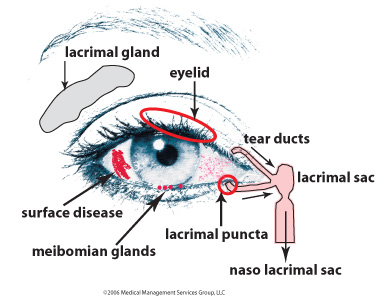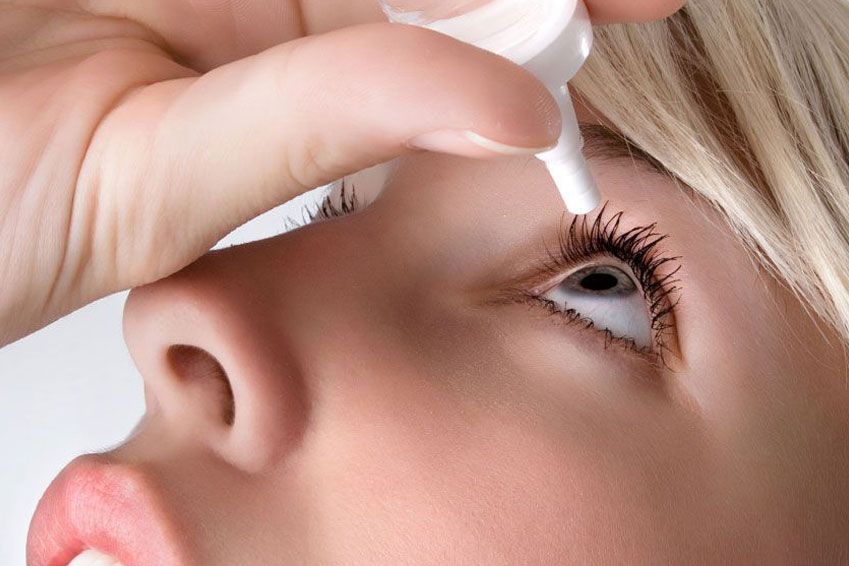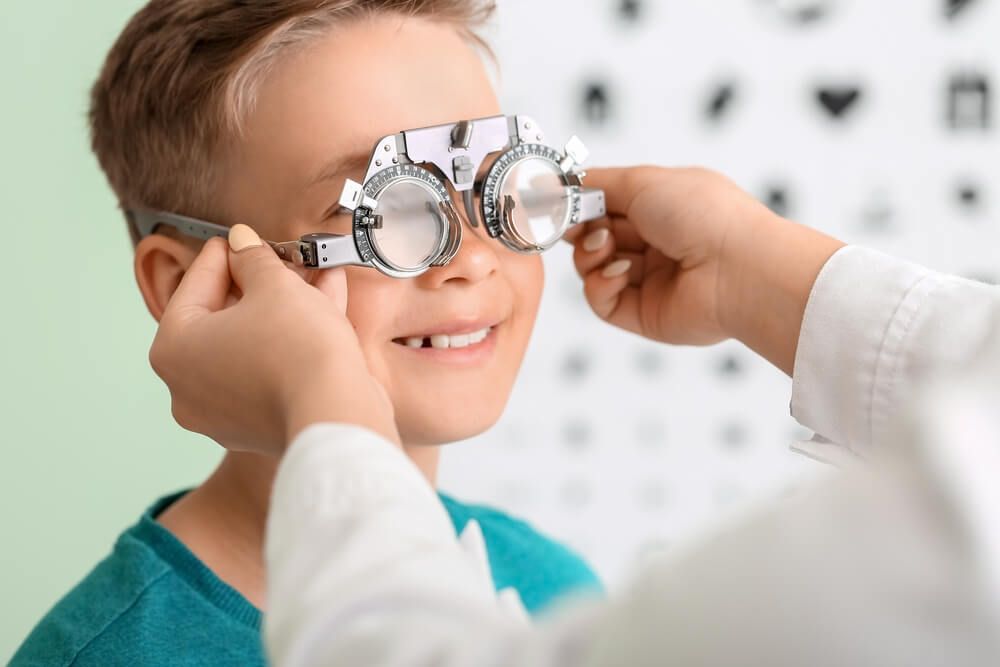Dry Eye Syndrome affects over 10 million people in the United States. It is a condition in which insufficient tears are produced or the right quality of tears are not produced to lubricate and nourish the eye. Tears are essential for maintaining the health of the front surface of the eye and for providing clear vision. The Dry Eye Syndrome commonly affects older adults and is caused by less tear production or rapid tear evaporation. This causes the eyes to dry out, inflamed and irritated. If left untreated, severe discomfort can be potentially vision disabling.
Treat your Dry Eye at 2020 Vision Optometry
Every time you blink, your eyelid spreads the tears across the eye’s surface providing the eye with lubrication, washing away for foreign elements, and keeping the surface clear, reducing the risk of eye infection. However, if you are suffering from Dry Eye Syndrome, our doctors at 2020 Vision Optometry provide many options for treatment and management of this chronic condition. They perform a dry eye medical evaluation to prescribe and recommend treatments for different forms of dry eye.
Biology the Tear Film of the Eye
The tear film is made up of three important layers:
- An oily layer
- A watery layer
- A mucus layer
Each layer has its own special glands that serve different purposes.
Oily Layer: The oily layer forms the outermost surface of the tear film and is formed by the meibomian glands. These serve to smooth the tear surface and reduce evaporation of tears.
Watery Layer: The watery layer is the middle layer produced by the lacrimal glands in the eyelids. This layer produces tears that cleanses the eye and washes away foreign particles or irritants.
Mucus Layer: The mucus layer is the inner layer consisting of mucus produced by the conjunctiva. (mucous glands distributed across the surface of the eye). Mucus allows the watery layer to spread evenly over the surface of the eye and helps the eye remain moist. Without mucus, tears would not stick to the eye.

How Tears Keep Your Eyes Moist?
Normally, the eye constantly bathes itself in tears by producing tears at a slow and steady rate to stay moist and comfortable. Your eyes become irritated when the tears responsible for maintaining lubrication do not keep the eye wet enough. Eye irritation prompts the gland that makes tears (called the lacrimal gland) to release a large volume of tears, overwhelming the tear drainage system. These excess tears then overflow from your eye preventing clear vision.






